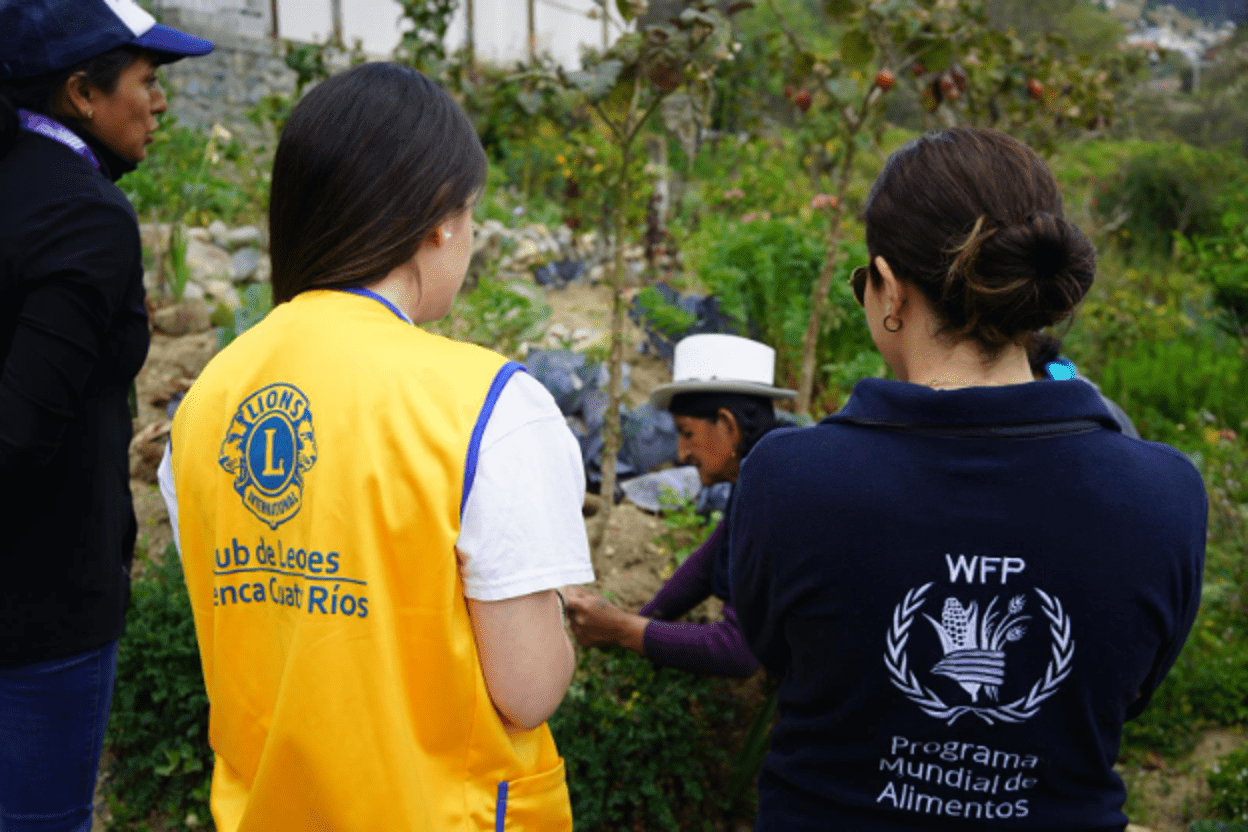2021 was an unprecedented year of climate disasters, but also of action against climate change. Here we take a look at the coming year and some of the key things to watch out for that could influence the state of the climate crisis and the direction we are heading in.
The Release of Two Major Scientific Reports
The Intergovernmental Panel on Climate Change (IPCC) published a report in 2021 that not only confirmed the role of climate change as a risk-multiplier for hunger but gave the world a stark warning that global temperatures will hit 1.5 degrees Celsius before 2040.

Building off these findings, the IPCC will release two major scientific reports this year which will help shape strategies for climate change mitigation and adaptation:
In February 2022, the IPCC will release another assessment on how the climate crisis is affecting people, ecosystems and biodiversity, our capacity to cope and how we can adapt.
In March, we expect an analysis of the options for reducing greenhouse gas emissions and removing carbon dioxide from the atmosphere.
The hope is that these scientific reports will prompt urgent action by governments and decision-makers. The United Nations World Food Programme (WFP) will use these reports to strengthen advocacy efforts for the vulnerable communities on the frontlines of the climate crisis.
Following Through on Promises of Climate Finance
The climate crisis is an issue of global injustice. Global heating is increasing the severity and frequency of extreme weather events, and vulnerable countries do not have the capacities or finance to mitigate and adapt to these impacts.
Over ten years ago, high-income countries that have historically produced the most greenhouse gas emissions committed to providing $100 billion dollars of climate finance annually by 2020. This funding would help low- and middle-income countries deal with the impacts of the climate crisis. 2020, and now 2021, came and went without this climate funding.

This year, it is crucial that the promise of $100 billion funding is met, and support given to those communities at risk who are facing the consequences of a problem they did not cause.
High Hopes for Global Climate Conferences
In May, the Government of Indonesia will host the 2022 Global Platform for Disaster Risk Reduction. Countries will gather to discuss ways to manage disaster risks and protect those in harm’s way.

Egypt will focus on resilience and adaptation when it hosts the next United Nations Climate Change Conference (COP27) in Sharm el-Sheikh in November. The conference will build on commitments and discussions from COP26 in Glasgow, and there are high hopes that a COP hosted in Africa will build more support than ever before for adaptation and loss and damage. Key things to look out for in the run up to and at COP27 are:
The delivery of $100 billion per year to help low- and middle-income countries mitigate and adapt to the impacts of climate change
The creation of a loss and damage fund, and the mobilization of climate financing
New commitments, and the implementation of existing announcements, to limit global heating to well below 2°C by the end of the century
Without sufficient resources and funding, communities who contribute the least to the climate crisis will continue to bear the brunt of its impacts —with devastating consequences.
To learn more about how the U.N. World Food Programme is helping communities anticipate, prepare for and recover from extreme weather events, visit our Climate Change Hub.
This blog originally appeared on WFP’s Stories on January 14, 2022 and was written by Jenny Wilson.





